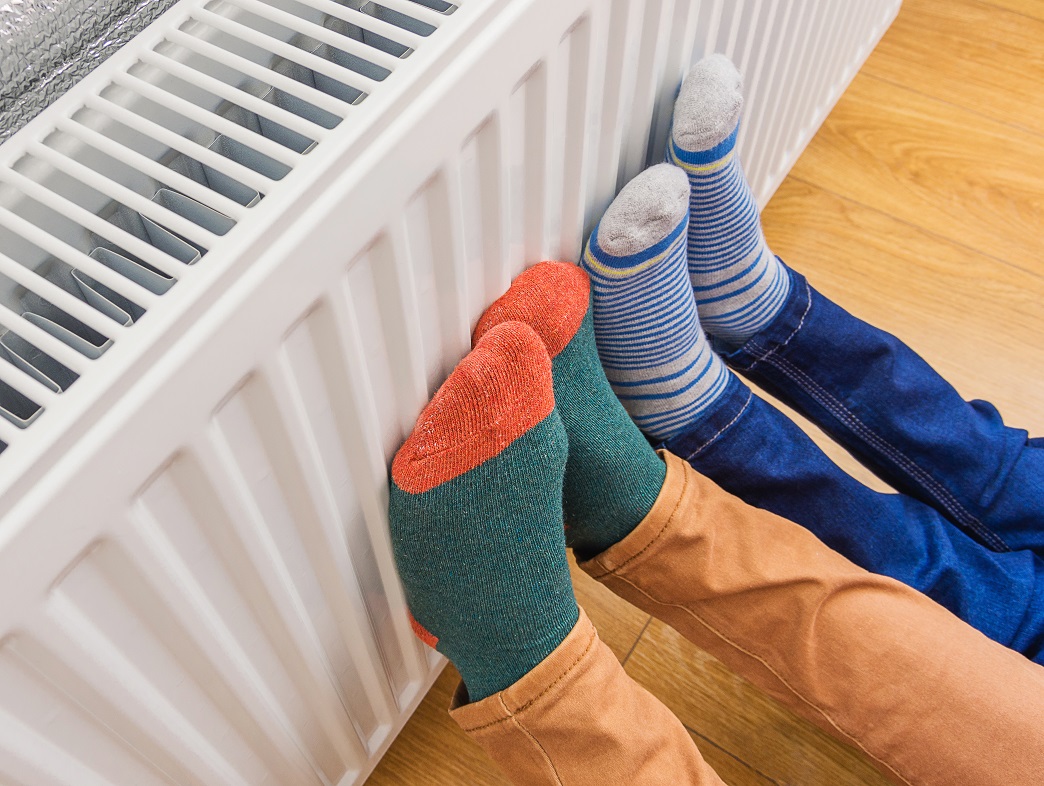
Plumbers
Search

Plumbers
Search

Like the safety briefing on an aircraft, or the terms of service when signing up to a website, it’s easy to switch off when it comes to the location of pipes when moving into a new home.
However, that could be a costly mistake.
Here are 4 important checks to ensure you know exactly where your pipes are:
It’s always wise to ask the previous owner, but if they are long-gone or you’re moving into a new-build property, there are a few places this will often be. Under the kitchen sink, behind a downstairs toilet, or underneath a metal plate near your front door are three popular places.
It’s important to know where your stop tap is to stem the flow of mains water to your entire house if there’s a leak, to prevent costly floods and water damage. Simply turn the tap clockwise until it resists, but be careful not to over-tighten.
Okay, so it’s not too tough to find the boiler after having a quick explore before you move your belongings in. This is more to get an idea of where the hot water pipes travel to and give you an indication of potential problem areas in the walls leading up to where your boiler is situated.
If you don’t have a combi boiler, it’s worth checking where the hot water tank is situated, too, as the quantity of water stored in your home is much greater!
Before drilling into a wall to put up pictures or secure furniture, it’s a sensible move to make sure pipes and electrical wires won’t be damaged. It’s usual for wires and pipes to travel vertically up or down from an appliance such as a light switch or radiator.
A pipe, wire and stud detector available from most hardware vendors online or in local shops can assist with finding problem areas by giving an audible warning before you start.
It’s a lesser-known fact that you can also sometimes detect plastic pipes in your home.
In newer homes, for insulation, they might be wrapped in foil, meaning a pipe, wire and stud detector can still discover them, but this is not a guarantee!
Plastic pipes should run vertically up or down a wall, and only horizontally along the wall, under the floorboards or up into the ceiling space.
You can use this rule-of-thumb to assist you in avoiding plastic pipes from your kitchen or bathroom during any DIY work.
By following the above steps, you will have complete knowledge of the location of the pipes in your new house, enabling you to get on with the DIY without having a mishap.
If in doubt, though, it never hurts to find a professional to assist with the plumbing jobs that need doing around your new home.
At Look4Plumbers, we can help you in your search for a plumber for those difficult or highly-skilled plumbing jobs in your new home!